Lexicology is the branch of linguistics that analyzes the lexicon of a specific language. A word is the smallest meaningful unit of a language that can stand on its own, and is made up of small components called morphemes and even smaller elements known as phonemes, or distinguishing sounds. Lexicology examines every feature of a word – including formation, spelling, origin, usage, and definition.

The Dutch Language Union is an international regulatory institution that governs issues regarding the Dutch language. It is best known for its spelling reforms which are promulgated by member states, grammar books, the Green Booklet and its support of Dutch language courses and studies worldwide. It was founded on a treaty concluded between the Netherlands and Belgium on 9 September 1980. Suriname has been an associate member of the Taalunie since 2004.
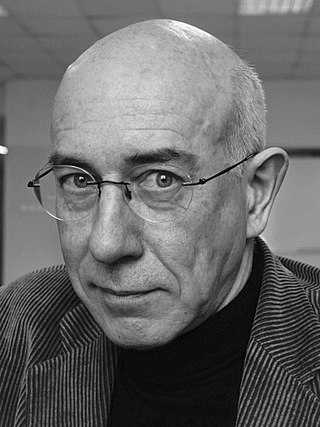
Dirk Geeraerts is a Belgian linguist. He is professor emeritus of theoretical linguistics at the University of Leuven, Belgium. He is the founder of the research unit Quantitative Lexicology and Variational Linguistics (QLVL). His main research interests involve the overlapping fields of lexical semantics, lexicology, and lexicography, with a theoretical focus on cognitive semantics. His involvement with cognitive linguistics dates from the 1980s, when in his PhD thesis he was one of the first in Europe to explore the possibilities of a prototype-theoretical model of categorization. As the founder of the journal Cognitive Linguistics and as the editor of the Oxford Handbook of Cognitive Linguistics, he played an instrumental role in the international expansion of cognitive linguistics. Geeraerts is one of the outspoken advocates of the implementation of empirical methodologies, such as corpus linguistics in cognitive linguistic research. He also argues for the involvement of more pragmatic elements such as contextual factors, lectal variation, and language history that influence the construal of word meanings and the choice of lexical items for concepts.
The Katholieke Universiteit Leuven Associatie Kortrijk, or Kulak for short, is a university satellite campus of the KU Leuven in the city of Kortrijk (Courtrai) in the Belgian province of West Flanders and is therefore also officially a Dutch-speaking institution.
Petjo, also known as Petjoh, Petjok, Pecok, Petjoek is a Dutch-based creole language that originated among the Indos, people of mixed Dutch and Indonesian ancestry in the former Dutch East Indies. The language has influences from Dutch and then depending on the region Javanese, Malay, Sundanese and Betawi. Its speakers presently live mostly in Indonesia and the Netherlands. The language is expected to become gradually extinct by the end of the 21st century, due to Indos' shift toward Indonesian in Indonesia and Dutch in the Netherlands.
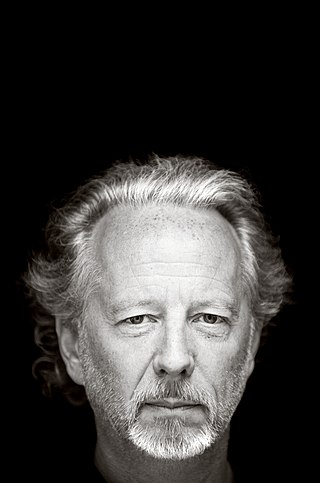
Stefan Hertmans is a Flemish Belgian writer. He was head of a study centre at University College Ghent and affiliated researcher of the Ghent University. He won the Ferdinand Bordewijk Prijs in 2002 for the novel Als op de eerste dag.
The history of Dutch orthography covers the changes in spelling of Dutch both in the Netherlands itself and in the Dutch-speaking region of Flanders in Belgium. Up until the 18th century there was no standardization of grammar or spelling. The Latin alphabet had been used from the beginning and it was not easy to make a distinction between long and short vowels (a / aa). The word jaar (year) for instance, could be spelt jar,jaer,jair, or even yaer and iaer. With the spirit of the French Revolution, attempts were made to unify Dutch spelling and grammar. Matthijs Siegenbeek, professor at Leiden was officially asked in 1801 to draw up a uniform spelling.

Paul de Wispelaere was a Flemish writer.

Josephus Albertus "Jos" Vandeloo was a Belgian writer and poet.

Patricia De Martelaere was a Flemish philosopher, professor, author and essayist. Born in Zottegem, Belgium, her full name was Patricia Marie Madeleine Godelieve. She graduated in philosophy from the Catholic University of Leuven and then taught and lectured there and at the Catholic University of Brussels.

Michaël Henricus Gertrudis (Michiel) van Kempen is a Dutch writer, art historian and literary critic. He has written novels, short stories, essays, travel literature and scenarios. He was the compiler of a huge range of anthologies of Dutch-Caribbean literature and wrote an extensive history of the literature of Suriname, in two volumes.
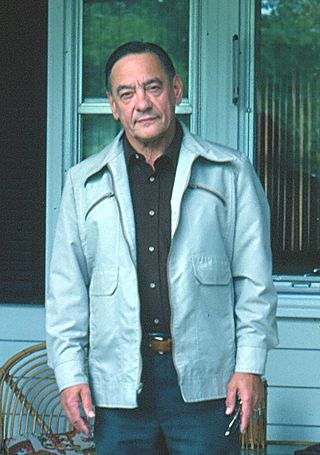
Frans Van Coetsem was a Belgian (Flemish) linguist. After an academic career in Flanders and the Netherlands he was appointed professor at Cornell University in 1968, and consequently he emigrated to the US, where, after a few years, he chose to become a naturalized American citizen.
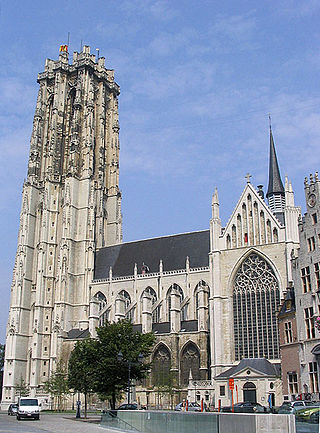
Brabantine Gothic, occasionally called Brabantian Gothic, is a significant variant of Gothic architecture that is typical for the Low Countries. It surfaced in the first half of the 14th century at St. Rumbold's Cathedral in the city of Mechelen.

Beschermd erfgoed is the official term to describe Flemish National Heritage Sites listed by law to protect and spread awareness of Belgian cultural heritage, specifically in Flanders. The term is also used nationwide to refer to national heritage sites. Because Belgium is officially a tri-lingual country, the other nationwide terms used in the rest of the country are the French term Bien classé and the German term Kulturdenkmal.
Maurits Gysseling was an influential Belgian researcher into historical linguistics and paleography. He was especially well known for his editions and studies of old texts relevant to the history of the Dutch language, and also for his very detailed analyses of historical place-names and their probable origins.

Flemish (Vlaams) is a Low Franconian dialect cluster of the Dutch language. It is sometimes referred to as Flemish Dutch, Belgian Dutch, or Southern Dutch. Flemish is native to the region known as Flanders in northern Belgium; it is spoken by Flemings, the dominant ethnic group of the region. Outside of Belgium Flanders, it is also spoken to some extent in French Flanders and the Dutch Zeelandic Flanders.
Luc Rombouts is a Belgian carillonneur and author. He is the city carillonneur of Tienen in Flemish Brabant. He is also the official carillonneur of both Leuven University carillons and the Park Abbey. He has given numerous concerts in Europe en the USA and appeared in festivals and conventions. Together with Twan Bearda he performs in a carillon duet called The Bells' Angels, exploring, expanding and performing four hand carillon repertoire.
DT-Manie is a linguistic problem in Dutch spelling, created by the first official modern Dutch spelling rules published in 1954 for the Netherlands and for Flanders.
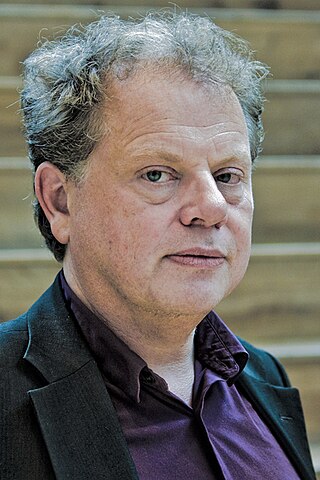
Bastiaan Johan "Bas" Heijne is a Dutch writer and translator.

Hendrik Geeraert was a Belgian folk hero who, during the interwar period, came to symbolize the Belgian resistance movement against the German forces in World War I. He became famous among Belgian soldiers in 1914 after the Battle of the Yser where he, serving as a Nieuwpoort skipper, opened the sluices of the Yser River, flooding the polders and bringing the German advance to a halt.













